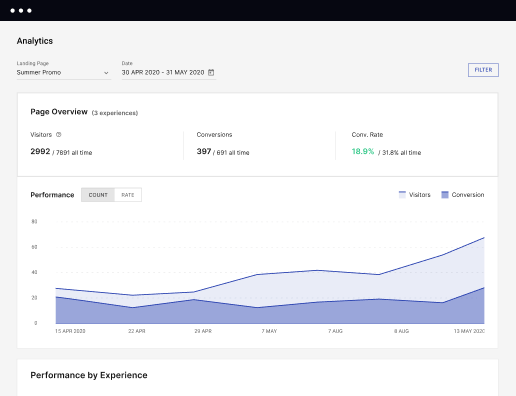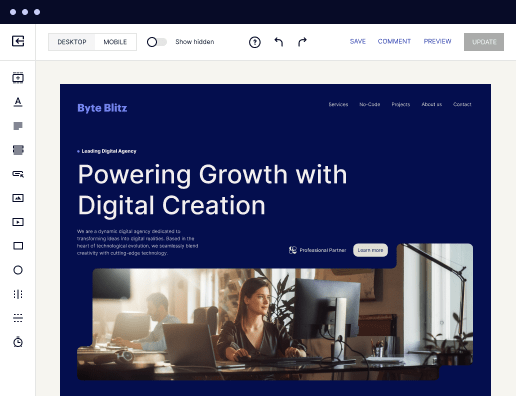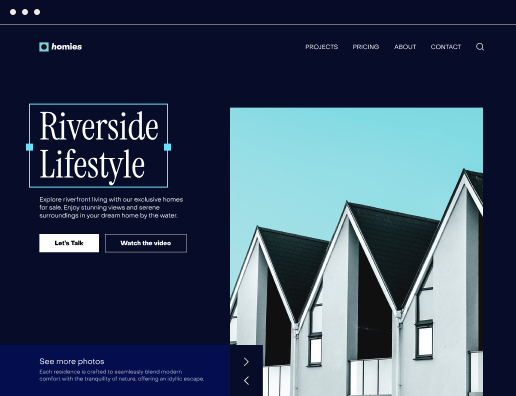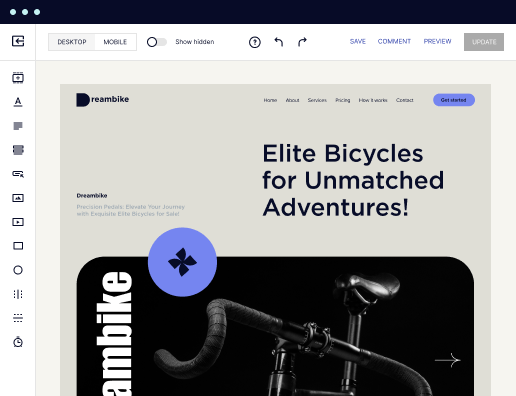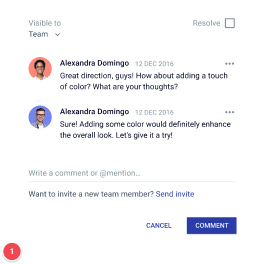Build your knowledge base website on Red Hat Enterprise Linux
Create a powerful knowledge base website using Red Hat Enterprise Linux. Empower your marketing efforts with flexible page creation, optimization for higher conversions, personalized content, and streamlined collaboration features.
Redhat knowledge base: Your ultimate how-to guide
Are you looking to create a knowledge base website on Red Hat Enterprise Linux? Instapage's functionality page offers a powerful platform for building landing pages that drive conversions and engage your audience.
Key Features of Red Hat Enterprise Linux Knowledge Base Website
- Flexible and easy-to-use page creation platform
- 500+ conversion-focused layouts and Instablocks
- Built-in experimentation features for optimization
- Dynamic text replacement and audience-specific content delivery
- Real-time collaboration and feedback features
Getting Started with Instapage
- Get a free Instapage account and sign up for a free 14-day trial.
- Configure your account and provide your company details.
- Access your Dashboard, go to Landing Pages, and click Create Page.
- Create a landing page from scratch or choose a ready-made template.
- Use design tools to customize your landing page.
- Save your changes and click Publish to launch your page.
- Test, review, and experiment with your pages to optimize performance.
Start creating your knowledge base website on Red Hat Enterprise Linux today with Instapage and drive conversions like never before!
Get more out of Build your knowledge base website on Red Hat Enterprise Linux
Improve your Quality Score with quick load technology for landing pages
Increase conversions with content that aligns with your ads and audiences
Achieve maximum ROI by scaling your marketing initiatives
Leading the way in building high-performing landing pages





Frequently asked questions about linux knowledge base
See rhel knowledge base feature in action
Ready to skyrocket conversions?
Supercharge your ad campaigns with high-performing landing pages.
Get started



